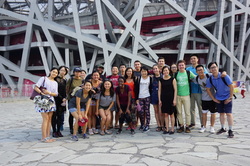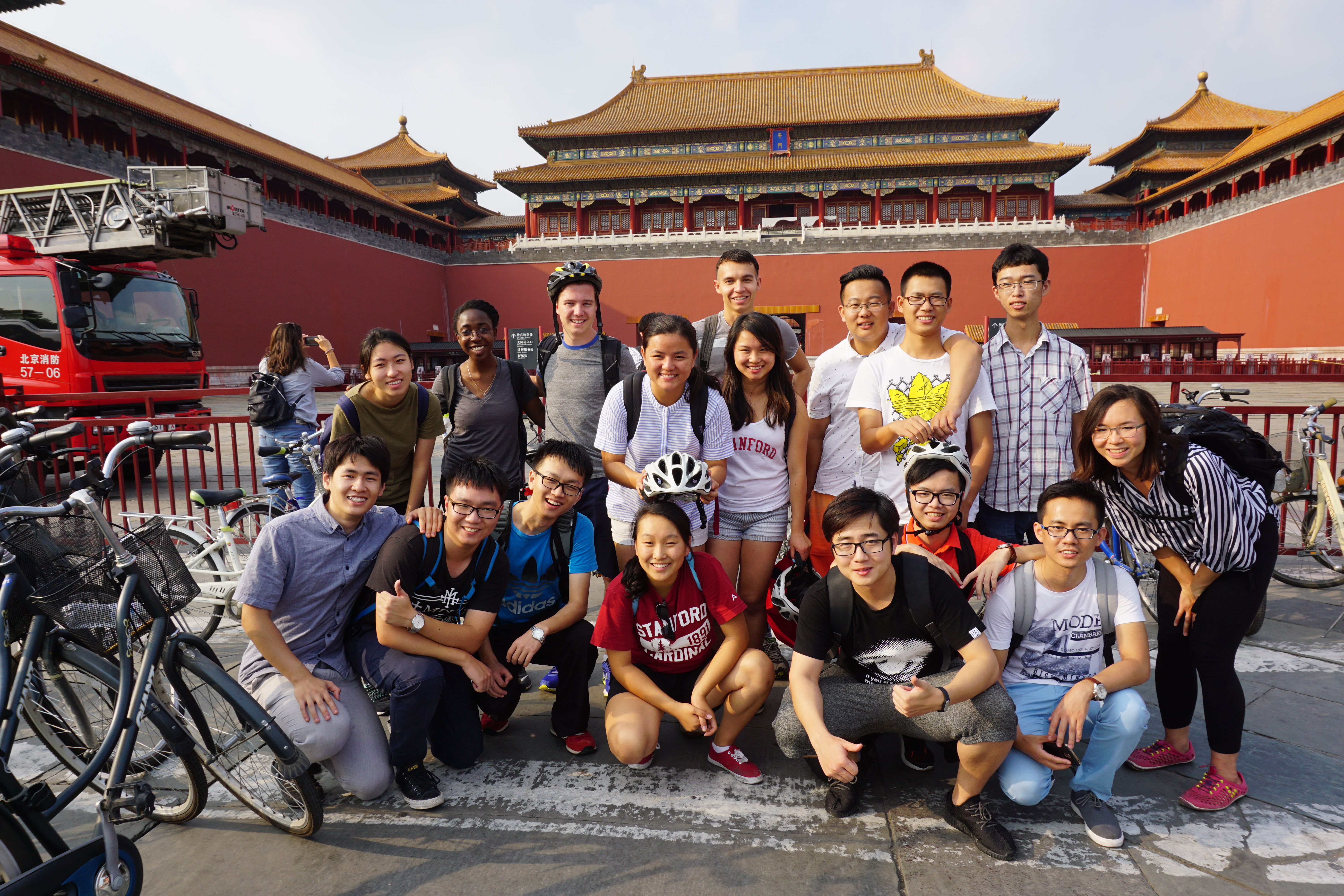About the CourseIn the 21st century, sustainable development increasingly takes place in an urban context. Cities impact air and water quality, alter resource consumption patterns, and pose unique challenges for energy and transportation infrastructure. The growth of cities in emerging economies—particularly in Asia where urbanization is happening at an unprecedented rate—will be key to shaping greener and more livable communities.
|
|
URBANST145/EARTHSYS138/IPS274, an interdisciplinary service-learning course, offers students a comparative approach to investigating sustainable cities, focusing on urbanization in the world’s two largest economies and biggest emitters of greenhouse gases: China and the United States. We explore the major drivers of urbanization and initiatives to promote more sustainable growth. We investigate tradeoffs and choices related to land use, energy and water resources, and the need to balance economic vitality, environmental quality, cultural heritage, and social equity.
|
|
“Experential learning” is a central theme of the course. Stanford students will form teams and collaborate with Chinese students and faculty at Tsinghua University to develop real-world sustainability projects in areas such as transport and mobility, air pollution monitoring, public open space, and urban farming/agriculture. |

Cross-cultural exchange and cooperative design projects constitute the backbone of the experience. Students from the U.S. and China complete a series of urban laboratories, and then form multinational teams to develop and execute projects related to environmental or social sustainability. Students will showcase their work at a public exhibition at the end of the quarter.
By understanding the American and Chinese contexts of urbanization, students will develop a toolkit to navigate multiple pathways to sustainable development in an international setting.
By understanding the American and Chinese contexts of urbanization, students will develop a toolkit to navigate multiple pathways to sustainable development in an international setting.



